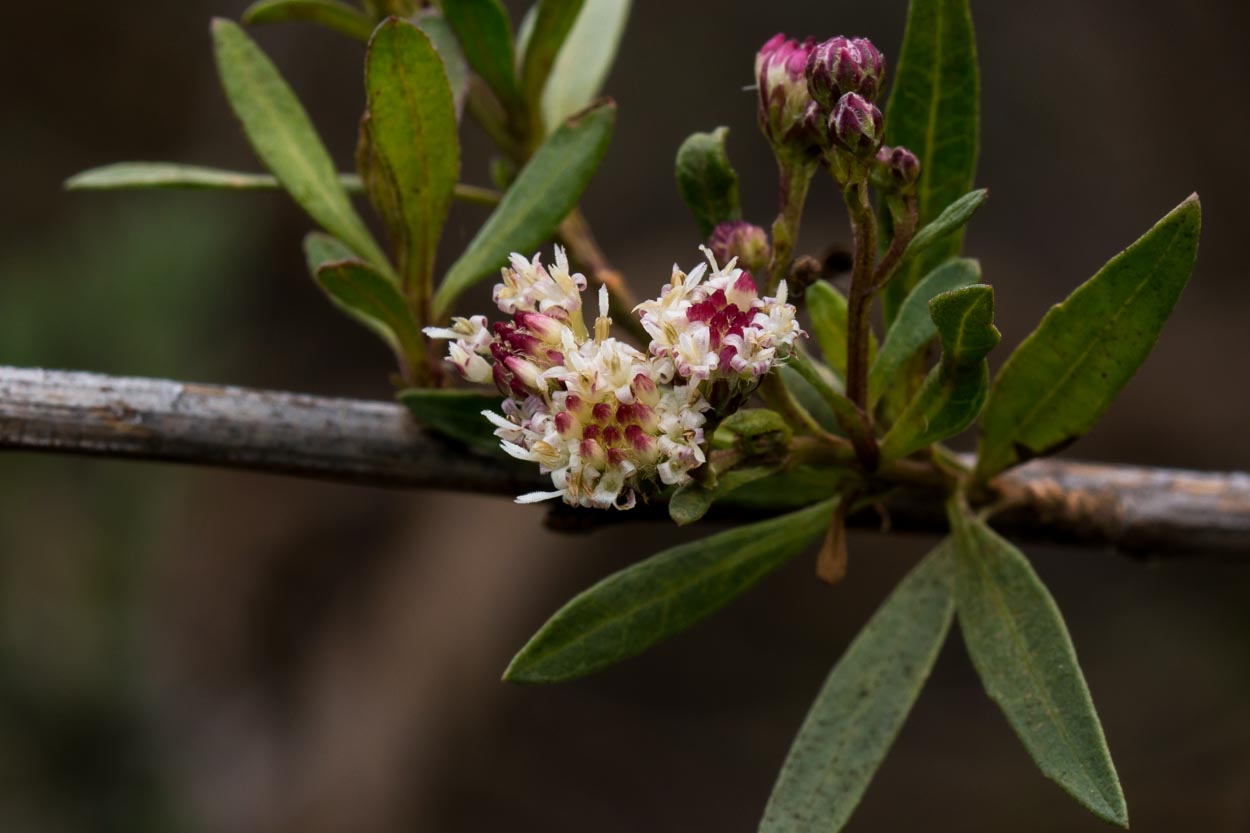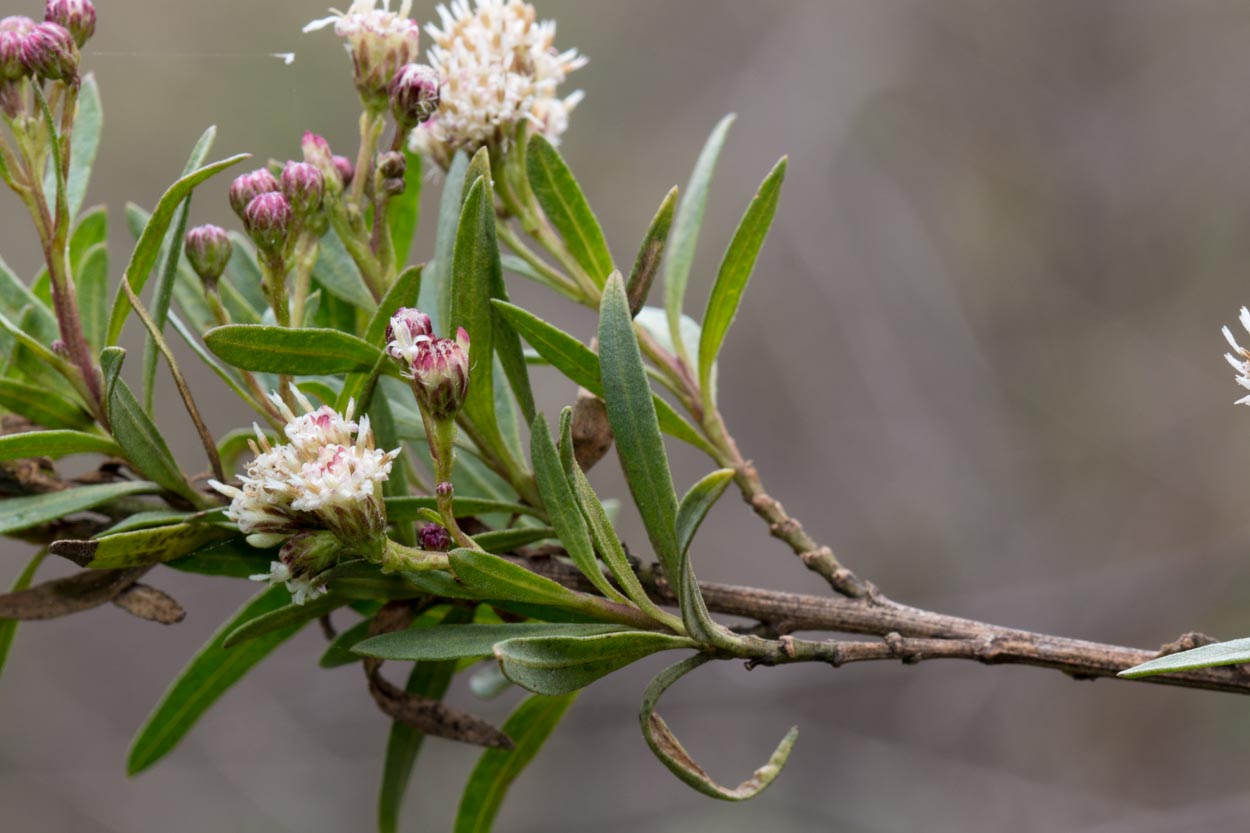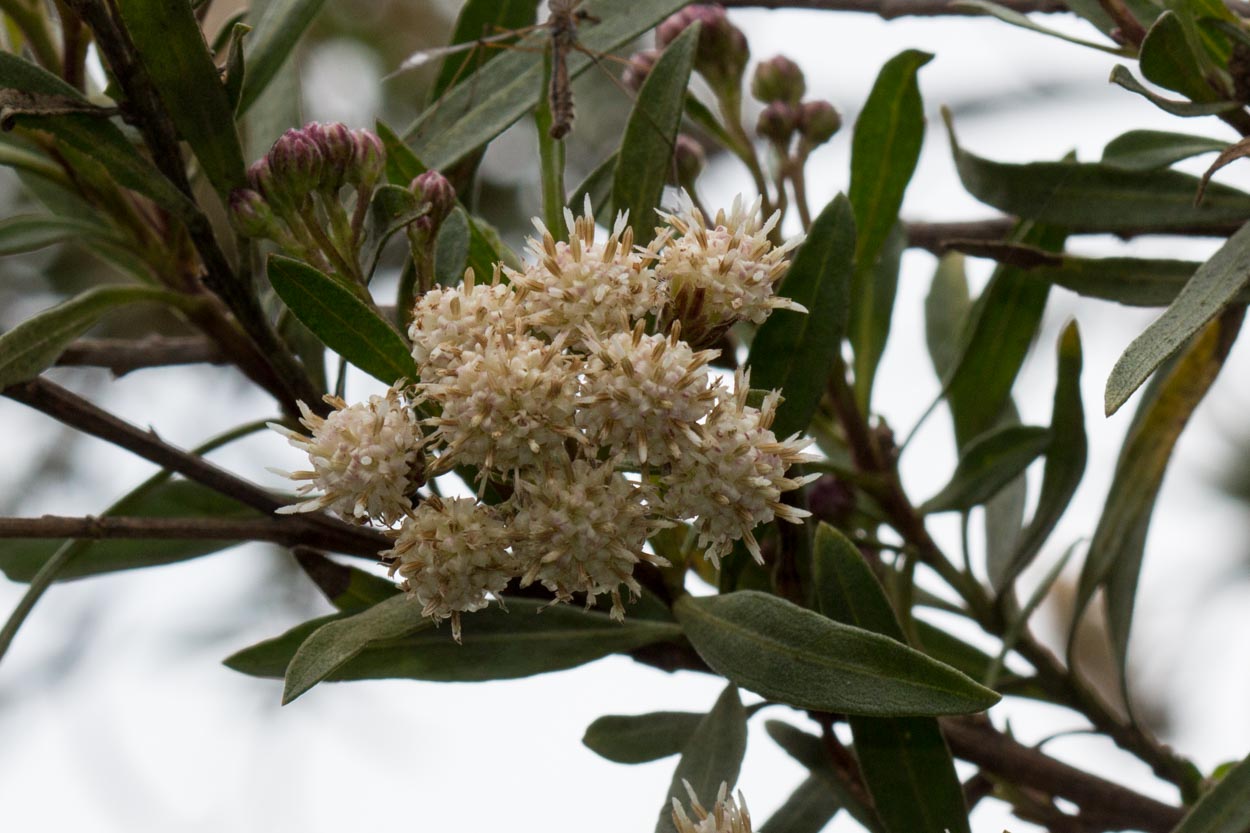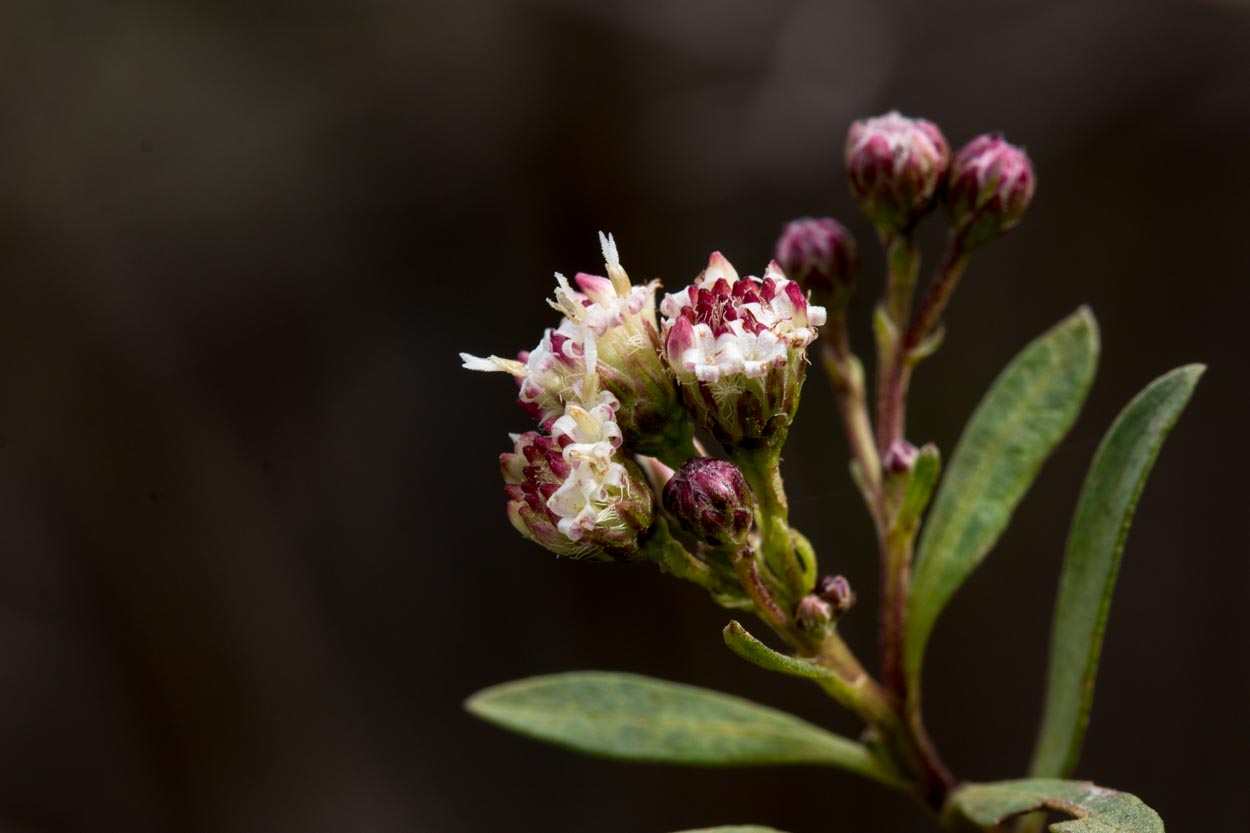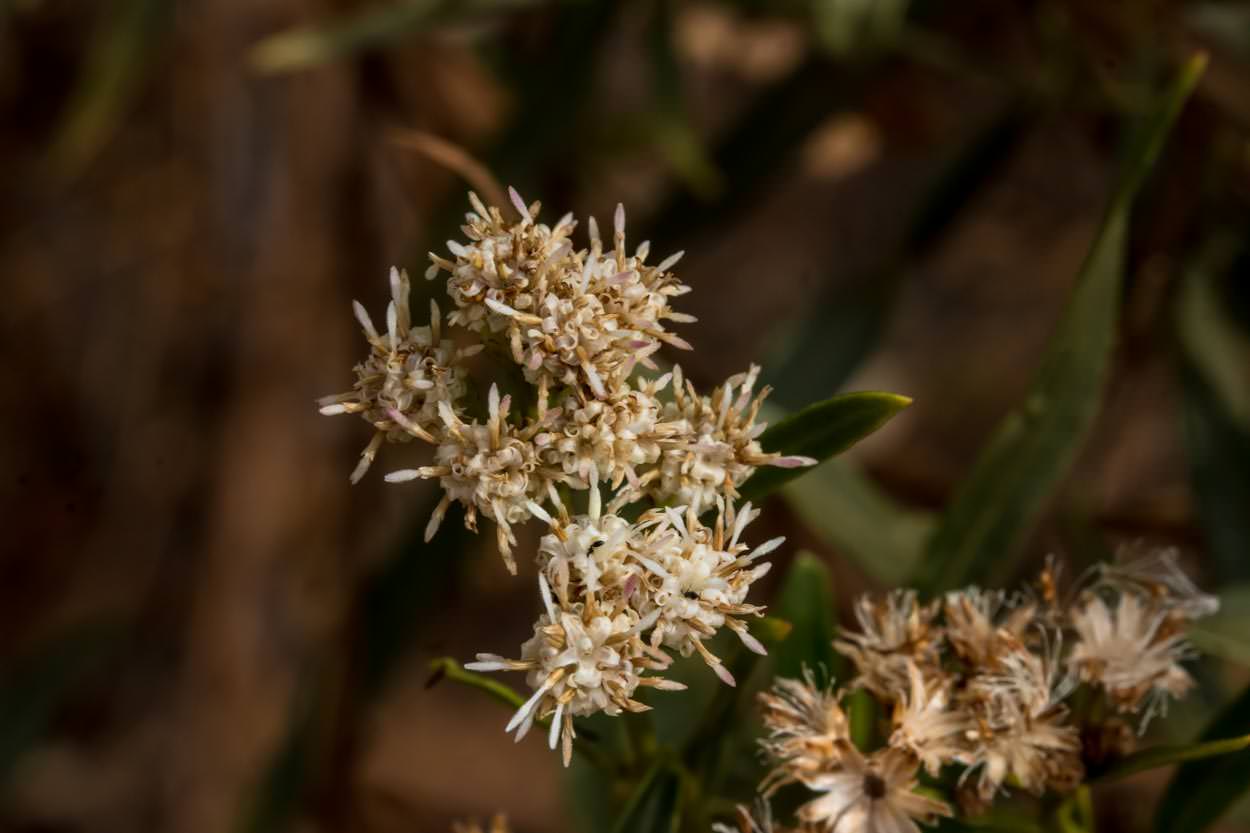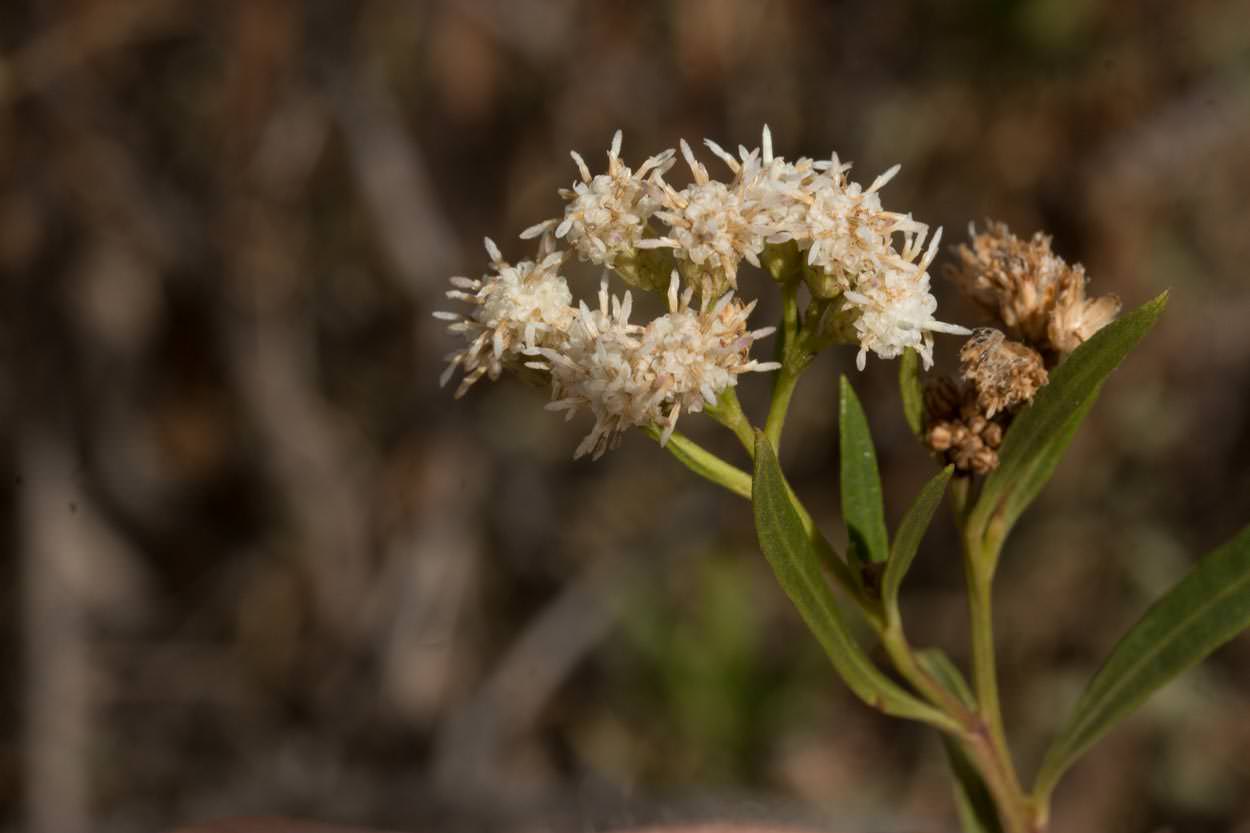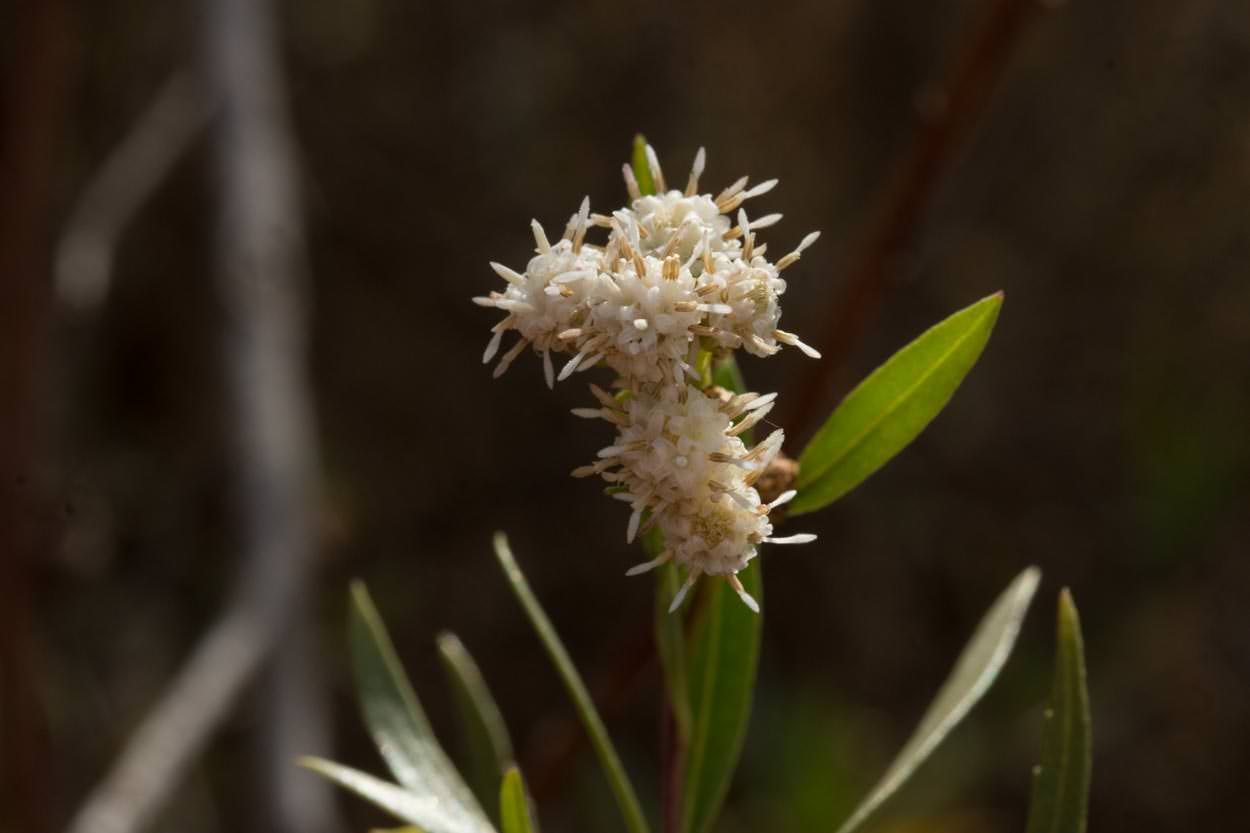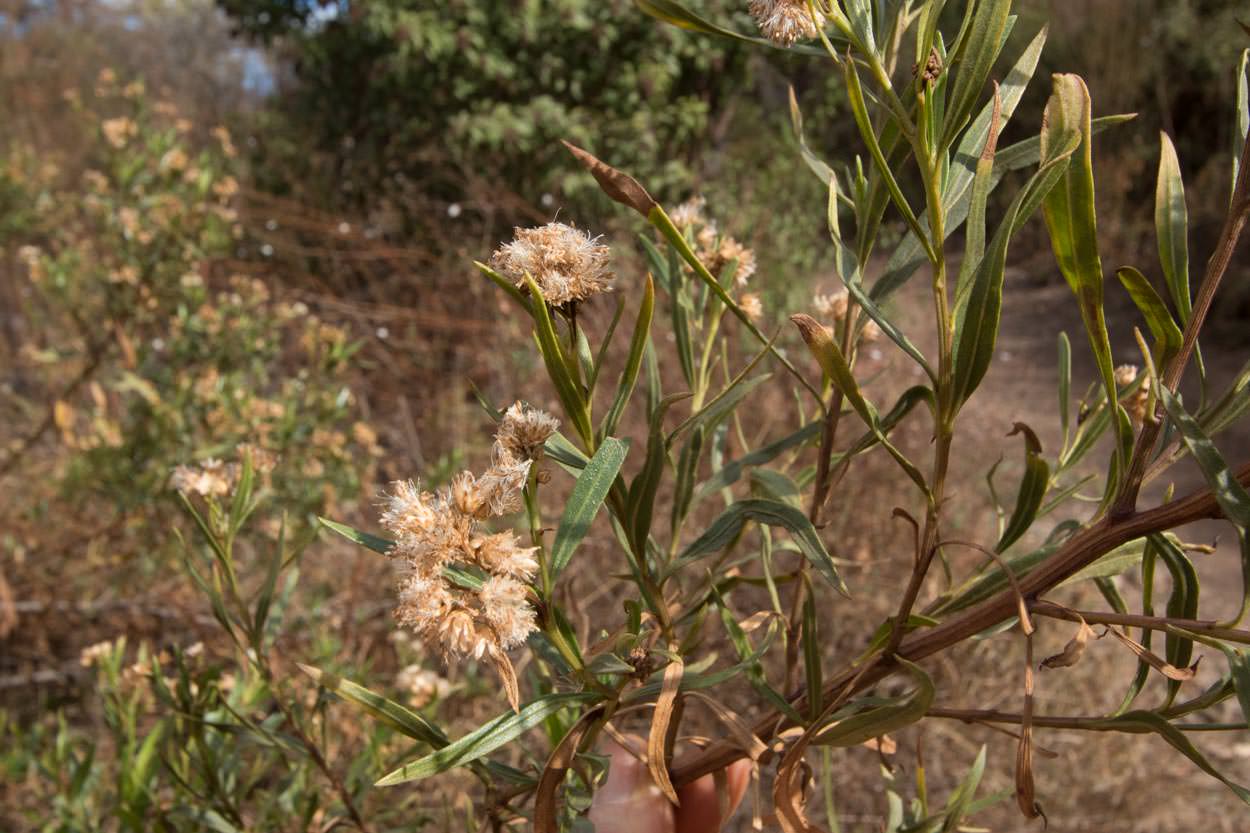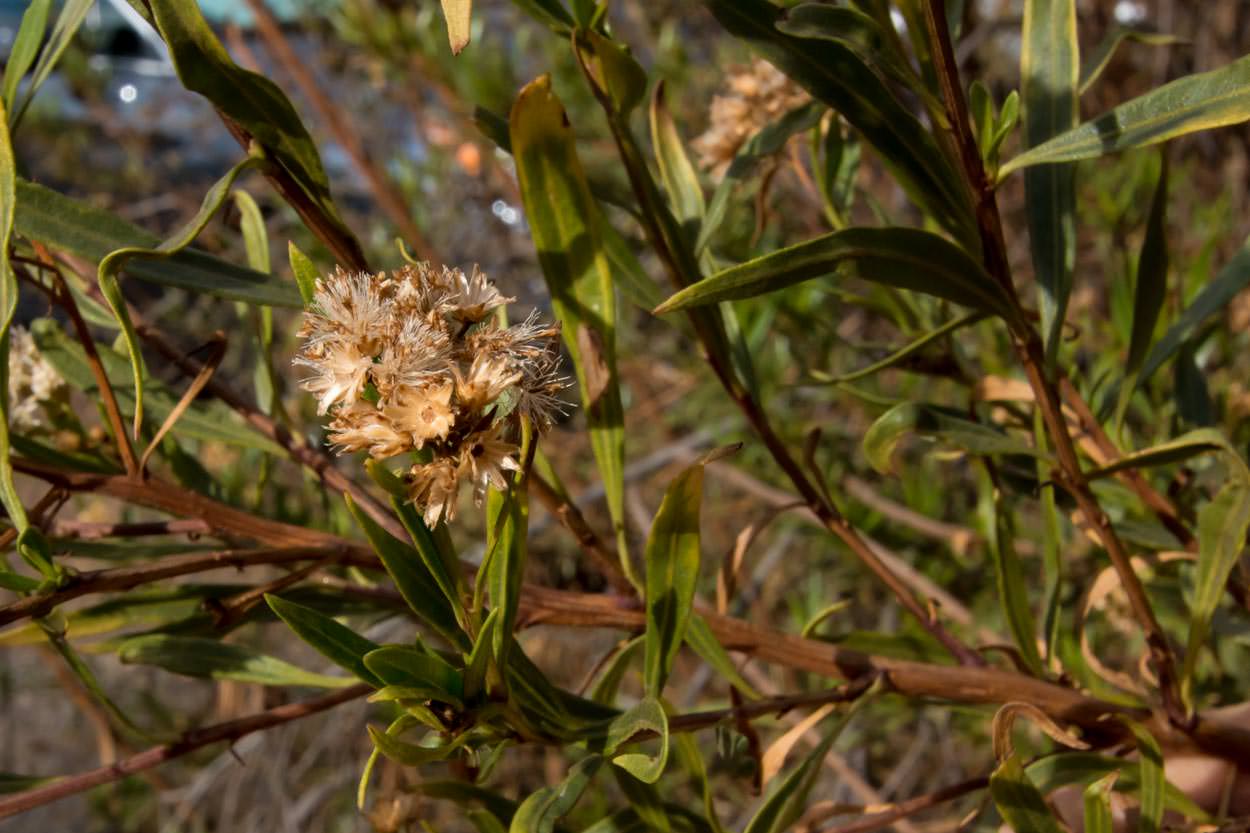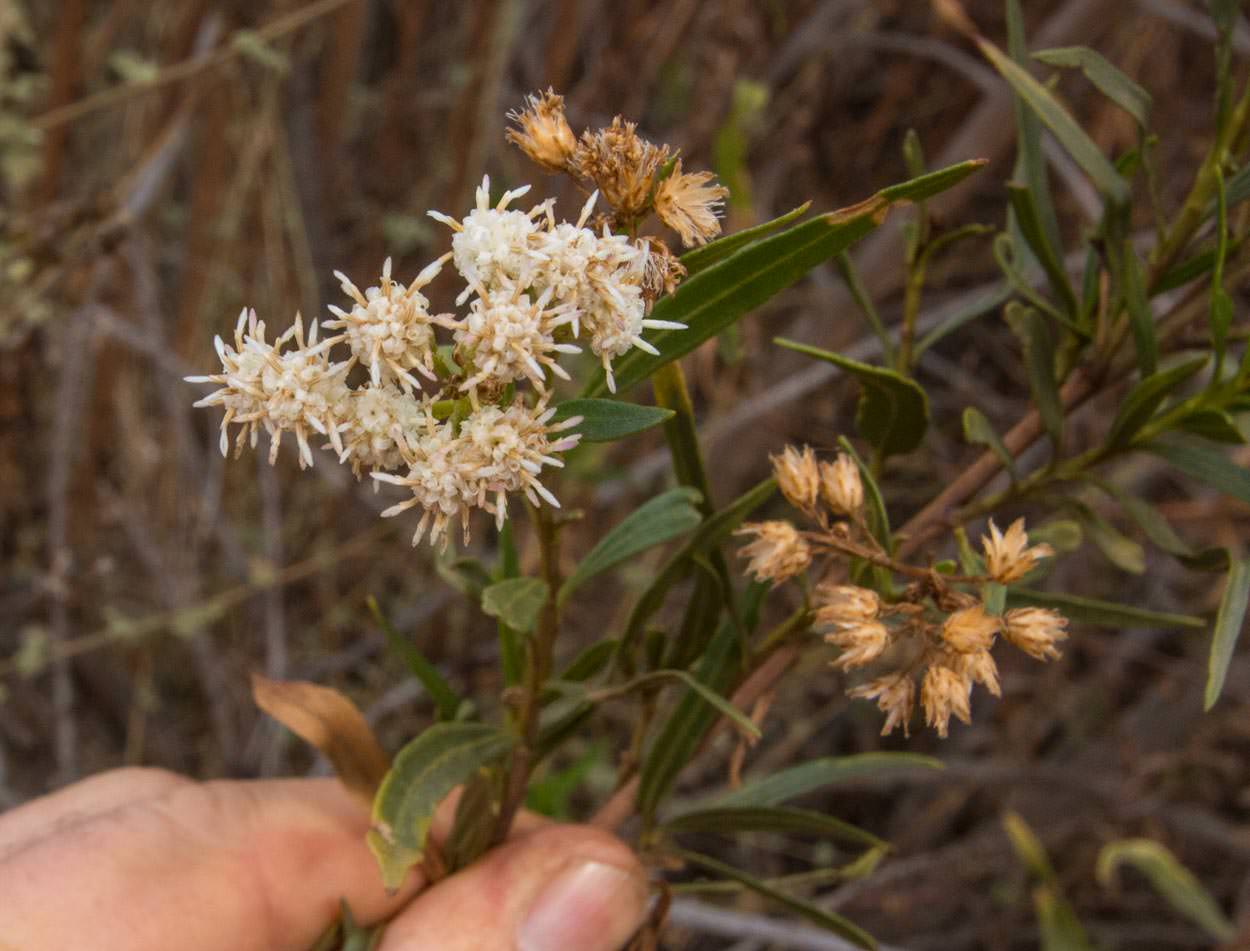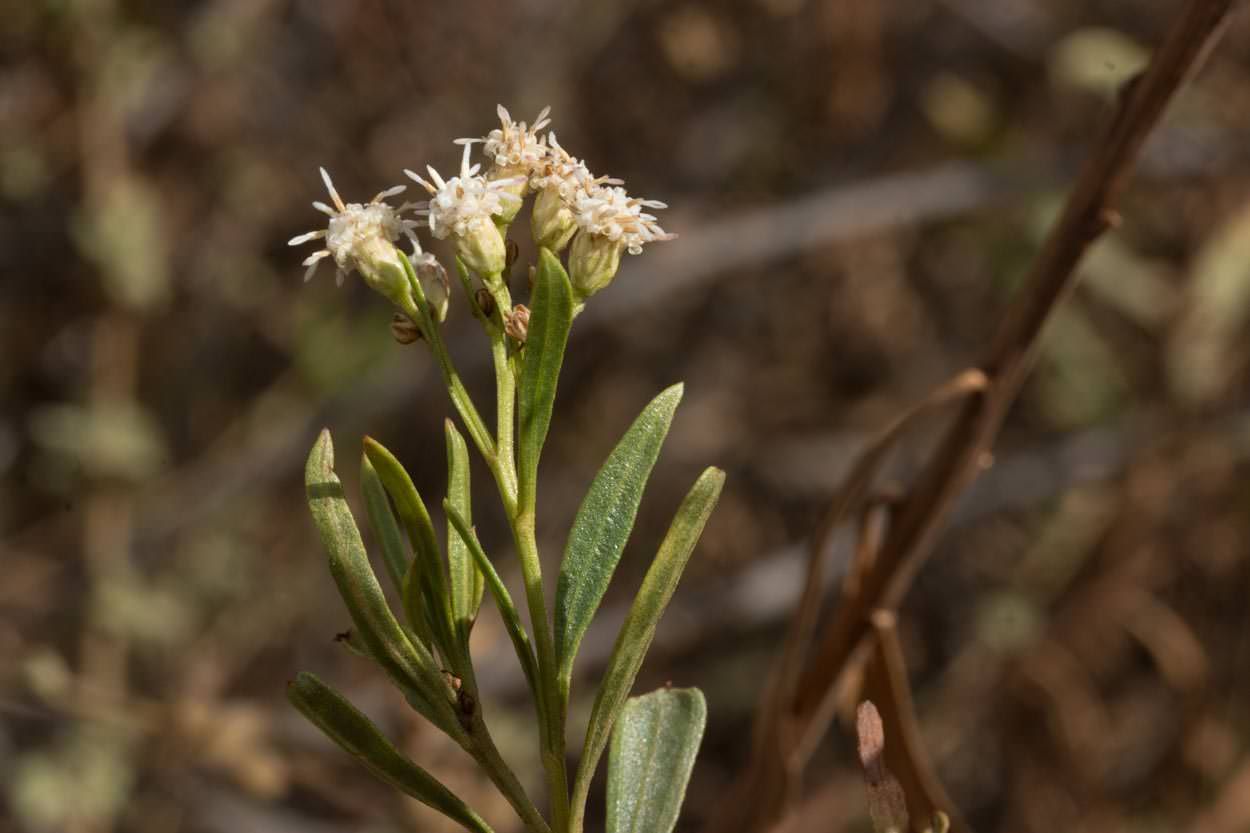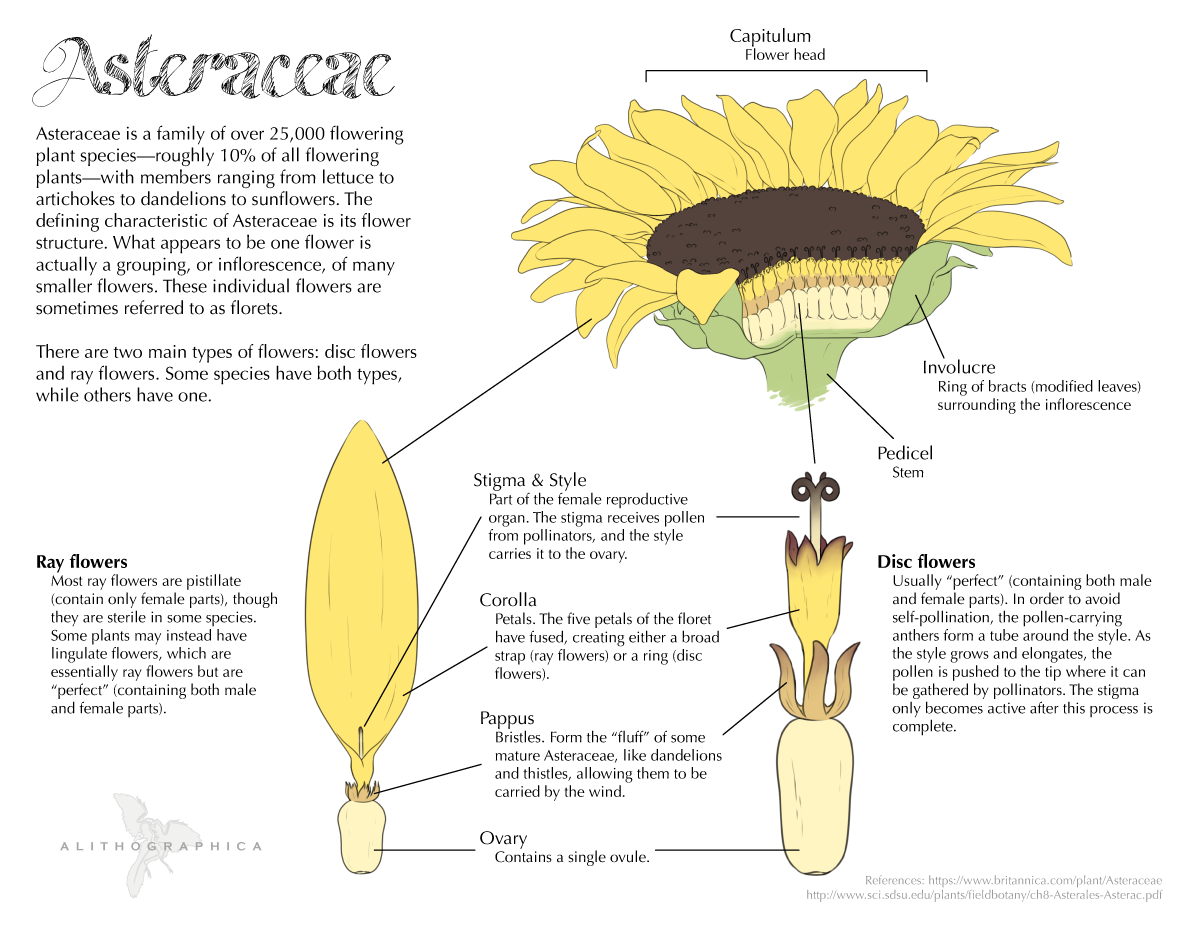Mule Fat
- Baccharis salicifolia
| Common Name(s): | Mule Fat |
| Scientific Name: | Baccharis salicifolia |
| Family: | Asteraceae (Sunflower) |
| Plant Type: | Shrub |
| Size: | up to twelve feet |
| Habitat: | Riparian |
| Blooms: | January to December |
| Fire Response: | Stump Sprout or Seed |
Mule Fat is a willow-like shrub typically found in and around streambeds. It blooms throughout the year when supplied with an ample water source.
The shrub has numerous upright and nodding branches, like a small willow, though it is not in the willow family. Leaves are up to 6 inches long and lancelike. The "fat" in the common name comes from the sticky feel to the leaves and stems. Flower heads form clusters off of side branches. The disc flowers are an off-white to flesh color with reddish papery bracts; there are no ray flowers. Stamens and pistils grow on separate plants, with the female flowers having a hairier appearance (the photos on this page are male flowers).
The genus name Baccharis is in honor of the Greek god of wine, Bacchus. The species name salicifolia is derived from "salix", a word for willow.
Contributed by George Sherman
Aster diagram provided by Jenn Deutscher
Link to the artist's website
Featured Plants in the Asteraceae (Sunflower) Family:
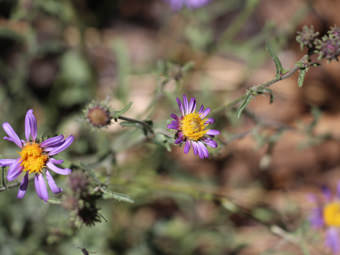
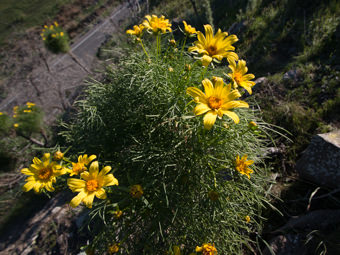
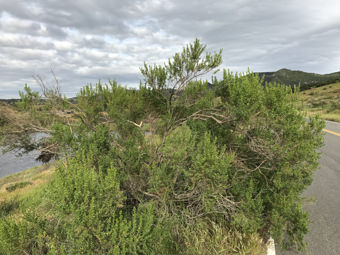
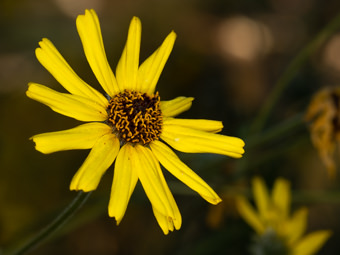
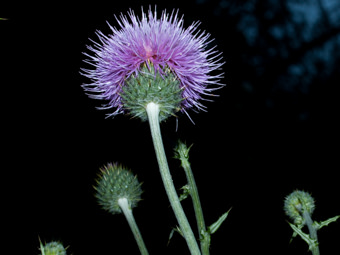
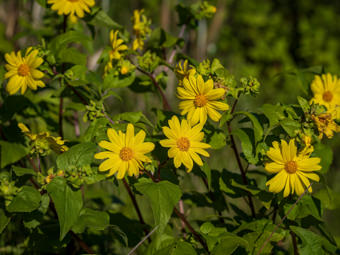
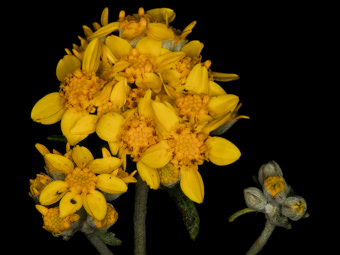
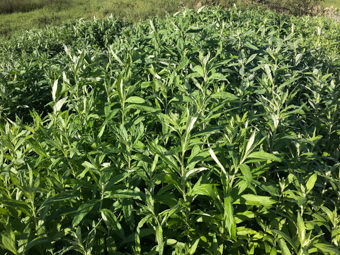
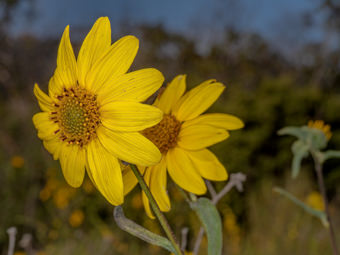
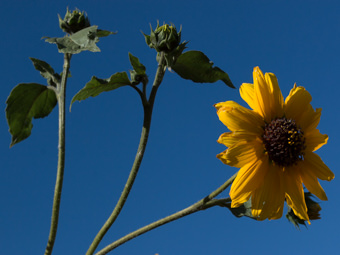
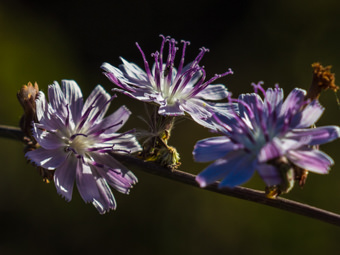
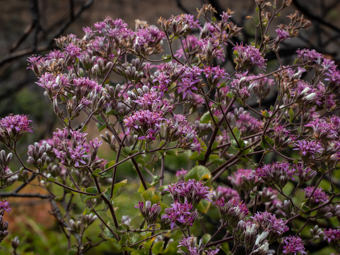
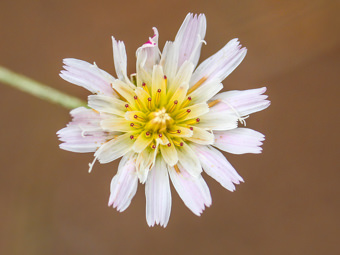
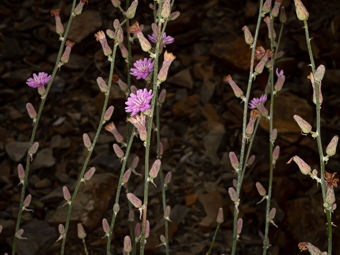
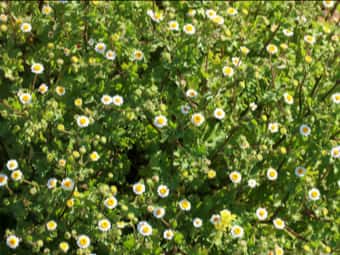

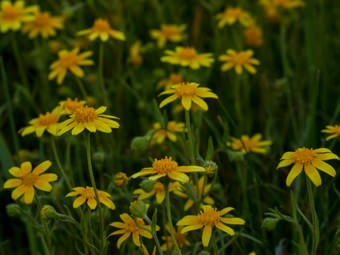
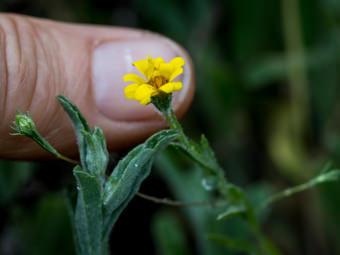
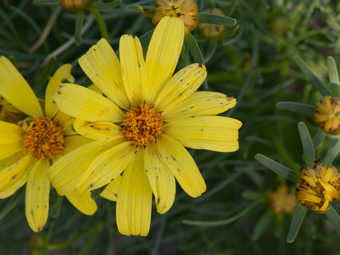
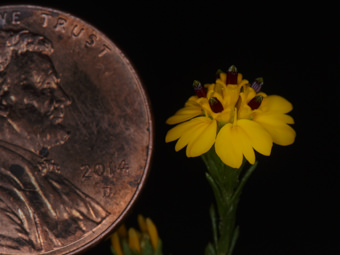

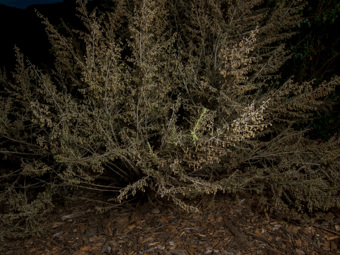

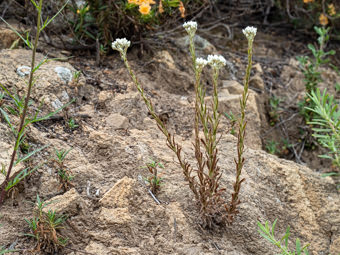
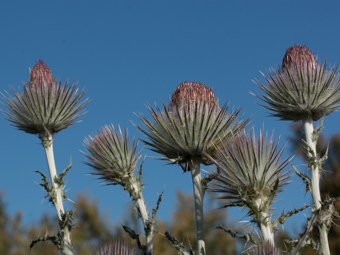
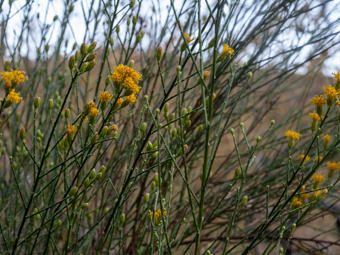
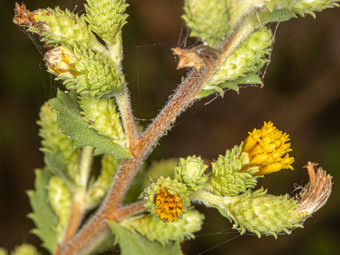
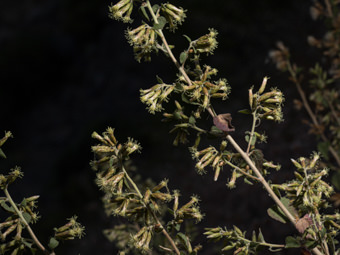
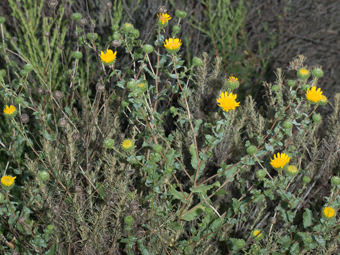
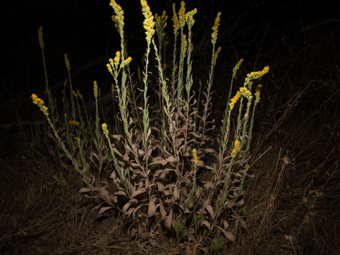
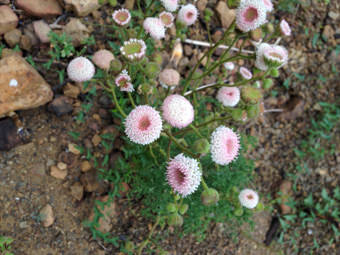
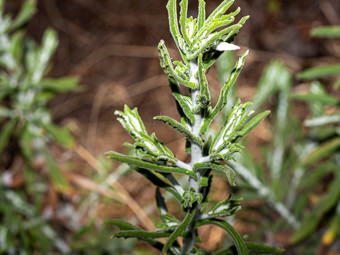
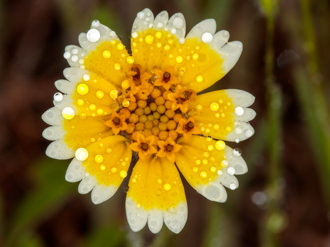
Last modified: May 17 2024 08:21:43.
Number of Images: 13
Image Size Total: 2,701,069
References:
Wildflowers of the Santa Monica Mountains, by Milt McAuleyFlowering Plants: The Santa Monica Mountains, Coastal and Chaparral Regions of Southern California, by Nancy Dale
Chumash Ethnobotany: Plant Knowledge Among the Chumash People, by Jan Timbrook
Leaf Shapes Primer - Botanical Terms for Leaves: - Link

